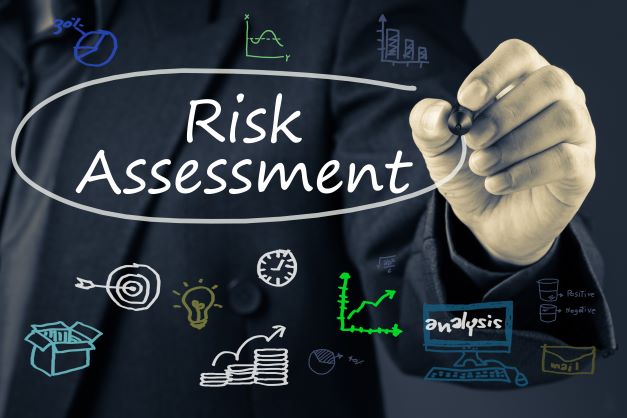
EU Chemicals Risk Assessment (basics) – CONSUMERS *Webinar*
Webinar Description – EU chemicals Risk Assessment – consumers
Chemicals risk assessment under the EU chemicals legislation REACH consists of three components:
– hazard identification and characterisation, exposure assessment, followed by the risk assessment (characterisation).
You must know about the chemicals, mixtures and articles/goods that you are dealing with.
When assessing a chemical product it is necessary to be aware of the clear difference between the terms “hazard” and “risk”.
Hazard Identification
When assessing the “hazard” posed by a chemical, it is the intrinsic properties that are to be checked.
Acute toxicity, corrosive properties the ability to bring about allergies and reluctance to break down in the ground or water are examples of intrinsic properties that can be hazardous to health or the environment.
Exposure Assessment
Chemical risk assessment is typically based on the assumption that human and environmental exposure to hazardous chemicals can be predicted and exposures to dangerous levels can be avoided.
In contrast to risk assessment, a hazard-centred assessment (i.e. an assessment based on the intrinsic capacity of a chemical to elicit adverse effects) can be useful in cases where little exposure information is available and prospective assessment is required.
This is already current practice in certain regulations; prominent examples are the PBT (persistent, bioaccumulative, toxic) assessment and the classification of compounds as SVHC [substances of very high concern—carcinogenic, mutagenic or reproductive toxicity (CMR) or endocrine disrupting chemicals (EDC)] in REACH.
Risk Characterisation
Risk characterisation, is the process whereby you balance the information on the hazards of substances with the information on the exposure to the substances.
For effects with a toxicological threshold (predicted no effect concentration (DNELs),
You need to compare the quantitative exposure estimates with the thresholds. In practice, this is done by dividing the exposure level (or concentration) by the effect level (or concentration). This leads to the ‘risk characterisation ratio’ (RCR). You need to ensure that, for each relevant use and separate assessment, each RCR is below 1, i.e. the level of exposure is lower than the threshold level.
If an RCR is close to, or above 1, you need to iterate your assessment: either by refining the information on the substance’s properties or by amending the recommended operational conditions and/or risk management measures.
The EU chemicals strategy for sustainability (CSS) sets policy goals regarding future ambitions for the safe use and management of chemicals.
CSS aims at “chemicals [to be] used more safely and sustainably, promoting that chemicals having a chronic effect for human health and the environment—substances of concern—are minimised and substituted as far as possible, and phasing out the most harmful ones for non-essential societal use, in particular in consumer products”.
Agenda
- REACH „Chemicals Risk Assessment“ overview – consumers
- Hazard assessment
- Exposure assessment
- Risk characterisation
- IT Tools
- Data sharing / availability
Who should attend
Anyone with a responsibility for and/or interest in placing chemicals on EU market.
Presenters
Martin Murin MSc., REACH expert, Martina Kubáňová, PhD., Risk Assessment expert, Ing. Andrea Orlíková, Risk Assessment expert

